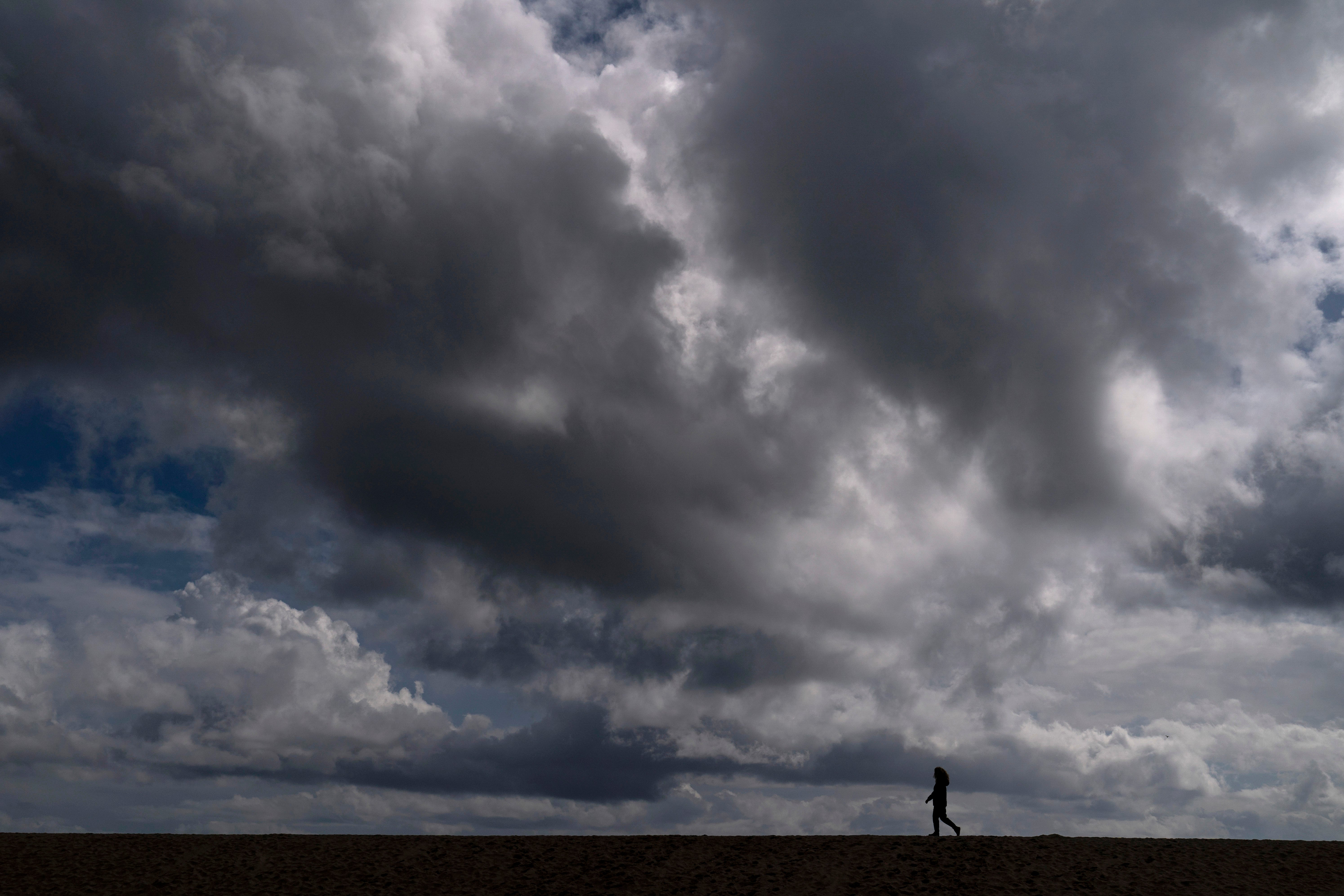Study: Drought-breaking rains more erratic, rare in US West
Rainstorms grew more erratic and droughts much longer across most of the U.S. West over the past half-century as climate change warmed the planet

Your support helps us to tell the story
From reproductive rights to climate change to Big Tech, The Independent is on the ground when the story is developing. Whether it's investigating the financials of Elon Musk's pro-Trump PAC or producing our latest documentary, 'The A Word', which shines a light on the American women fighting for reproductive rights, we know how important it is to parse out the facts from the messaging.
At such a critical moment in US history, we need reporters on the ground. Your donation allows us to keep sending journalists to speak to both sides of the story.
The Independent is trusted by Americans across the entire political spectrum. And unlike many other quality news outlets, we choose not to lock Americans out of our reporting and analysis with paywalls. We believe quality journalism should be available to everyone, paid for by those who can afford it.
Your support makes all the difference.Rainstorms grew more erratic and droughts much longer across most of the U.S. West over the past half-century as climate change warmed the planet, according to a sweeping government study released Tuesday that concludes the situation is worsening.
The most dramatic changes were recorded in the desert Southwest where the average dry period between rainstorms grew from about 30 days in the 1970s to 45 days between storms now, said Joel Biederman, a research hydrologist with the U.S. Department of Agriculture Southwest Watershed Research Center in Tucson Arizona
The consequences of the intense dry periods that pummeled areas of the West in recent years were severe — more intense and dangerous wildfires, parched croplands and not enough vegetation to support livestock and wildlife. And the problem appears to be accelerating, with rainstorms becoming more unpredictable and more areas showing longer intervals between storms since the turn of the century compared to prior decades, the study concludes.
While previous research documented a decline in total rainfall for much of the West, the work by Biederman and colleagues put more focus on when that rain occurs. That has significant implications for how much water is available for agriculture and plants such as grasses that have shallow roots and need a steadier supply of moisture than large trees.
“Once the growing season starts, the total amount of rainfall is important. But if it comes in just a few large storms, with really long dry periods in between, that can have really detrimental consequences,” Biederman said in an interview.
The total amount of rain in a year doesn’t matter to plants — especially if rains come mostly in heavy bursts with large run-off — but consistent moisture is what keeps them alive, said UCLA meteorologist Daniel Swain, who writes a weather blog about the West and was not part of the study.
The findings were published in the journal Geophysical Research Letters. Researchers from the USDA and University of Arizona collected daily readings from 337 weather stations across the western U.S. and analyzed rainfall and drought data to identify the changing patterns.
Other parts of the region that saw longer and more variable droughts included the southwest Rocky Mountains, the Colorado Plateau and the Central Plains.
The rainfall study is in line with data that shows climate change already is affecting the planet.
“Climate models project that the American Southwest is very likely to experience more frequent and more severe droughts," said William Anderegg, a University of Utah biologist and climate scientist. “This study and other recent work demonstrates that this dry down has already begun."
The weather station data that was used in the study represents “the gold standard’ for an accurate understanding of changes being driven by climate change, said Christopher Field, an earth systems scientist and director of the Stanford Woods Institute for the Environment.
States in the northwestern U.S. were largely spared from the accelerating cycles of drought. The researchers observed total annual rainfall amounts and shorter intervals between drought in Washington, Oregon, Idaho and portions of Montana, Wyoming and the Dakotas.
That's consistent with predicted changes in weather patterns driven by climate change in which the jet stream that brings moisture from the Pacific Ocean shifts northward, they said.
___
Associated Press writer Seth Borenstein contributed from Kensington, Maryland.
__
Follow Matthew Brown on Twitter: @MatthewBrownAP
__
Read stories on climate issues by The Associated Press at https://apnews.com/hub/climate